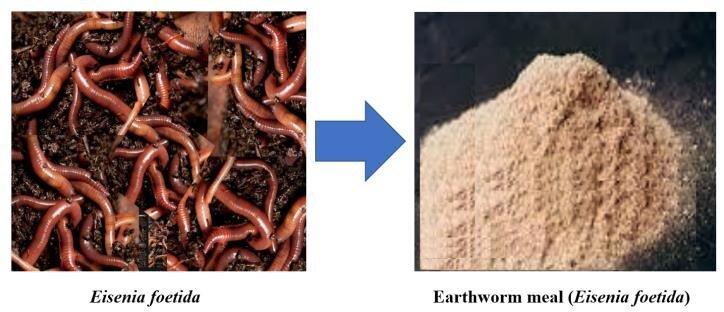Earthworm Meal Market: Investment Trends and Emerging Business Models

Capital Flow into a Niche Market
The Earthworm Meal Market has historically been dominated by small-scale producers and vermiculture enthusiasts. However, rising global interest in sustainable protein has brought the market into the spotlight for agritech investors, impact funds, and venture capitalists. The combination of environmental benefits, growing demand from feed sectors, and alignment with ESG (Environmental, Social, and Governance) principles makes earthworm meal an appealing investment target.
In recent years, funding rounds have supported projects that scale up worm farming capacity, improve processing efficiency, and expand into new end-use sectors such as aquaculture and organic agriculture.
Emerging Business Models
As the industry grows, several distinct business models are emerging:
-
Integrated Waste-to-Protein Operations – Companies collect organic waste from agriculture, food processing, and municipalities, using it to feed worm farms. This model offers multiple revenue streams: selling earthworm meal as feed, vermicompost as fertilizer, and providing waste management services.
-
Specialized Feed Producers – Targeting niche sectors like premium pet food or ornamental fish feed, these businesses focus on high-margin products with strict quality requirements.
-
Contract Farming Networks – Larger companies supply small-scale farmers with breeding stock and technical know-how, then purchase the harvested worms for centralized processing. This model supports rural livelihoods while ensuring consistent supply.
-
Vertical Integration with Aquaculture – Some fish farms are investing directly in on-site worm meal production to control feed quality and reduce dependency on external suppliers.
Drivers of Investment Interest
Several factors are attracting investors:
-
Sustainability Alignment – Worm farming reduces waste, improves soil health, and provides a renewable protein source.
-
Market Diversification – The product serves multiple industries: animal feed, aquaculture, agriculture, and potentially human nutrition.
-
Regulatory Tailwinds – Growing acceptance of insect and worm-based protein in feed regulations across Europe and Asia.
-
Consumer Trends – Rising demand for eco-friendly, traceable supply chains in both food and agriculture sectors.
Regional Investment Patterns
-
Asia-Pacific is seeing strong growth in integrated waste management models, particularly in India, China, and Southeast Asia, where organic waste availability is high.
-
Europe focuses on premium-quality production with strict sustainability and traceability measures, appealing to conscious consumers and specialty feed markets.
-
North America is attracting early-stage venture capital for innovative agritech solutions and urban worm farming initiatives.
Challenges for Investors and Entrepreneurs
Despite the opportunities, the sector faces several hurdles:
-
Scale Limitations – Expanding production to meet large-scale demand requires significant capital and technical expertise.
-
Market Education – Many potential buyers are unaware of earthworm meal’s benefits, limiting sales potential without strong marketing efforts.
-
Regulatory Variations – Inconsistent feed and food safety regulations across regions complicate global trade strategies.
-
Return on Investment Timelines – Worm farming operations may take longer to reach profitability compared to other agribusiness ventures.
Case Studies of Innovative Ventures
Some pioneering ventures are demonstrating how to overcome these challenges. In Southeast Asia, a startup has partnered with supermarkets to collect unsold produce, converting it into worm feed and selling the resulting meal to shrimp farms. In Europe, a cooperative model brings together small worm farms under a shared brand, enabling them to negotiate better contracts with feed manufacturers.
Urban worm farming is also gaining attention, with small modular systems that allow production in warehouses or greenhouses close to end markets, reducing transport costs and emissions.
Future Outlook
As global protein demand continues to climb and sustainability remains a key investment theme, the Earthworm Meal Market is likely to see steady capital inflow. The most successful players will be those that combine technological efficiency with diversified revenue streams and strong market education efforts.
Over the next decade, new partnerships between waste management firms, agribusiness companies, and aquaculture producers could redefine the scale and scope of earthworm meal production, making it a mainstream component of sustainable food systems.
- Art
- Causes
- Crafts
- Dance
- Drinks
- Film
- Fitness
- Food
- Games
- Gardening
- Health
- Home
- Literature
- Music
- Networking
- Other
- Party
- Religion
- Shopping
- Sports
- Theater
- Wellness


